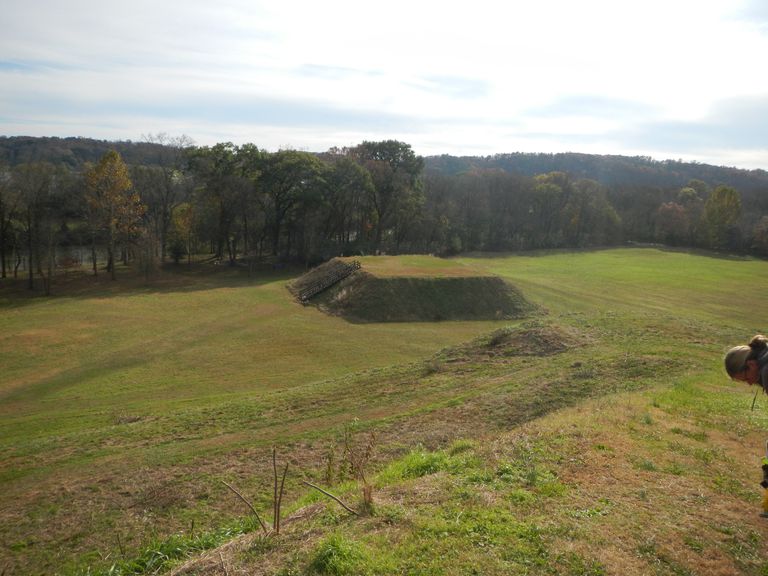The Biloxi Tribe is a Siouan-speaking Indian tribe that lived in the Southeast.
They lived near the coast of the Gulf of Mexico in the now-state Mississippi. Eventually, they were forced west into Louisiana and Texas.
The tribe eventually went into extinction in the 1930s, and any remaining descendants merged with the Tunica people.
Biloxi Tribe History
Prior to European contact, there was little known of the Biloxi tribe. They did not document their history except through oral tradition, which has been lost over time.
Their first contact with Europeans was the French-Canadian explorer Pierre LeMoyne D'Iberville, who was working on the colony of Louisiana. He had heard about the Biloxi tribe and that they were once a numerous tribe but had suffered many deaths due to disease (this would suggest they had contact with Europeans prior).
D'Iberville described coming upon a deserted village in the late 17th century after the people had been stricken two years prior by disease. The village contained remnants of cabins made of mud, with roofs covered in tree bark. They could have contracted it from other peoples in contact with Europeans, among whom smallpox was endemic. The Native Americans had no immunity to the disease.
The Biloxi tribe were descendants of the Mississippian culture, which meant they were mound builders.

They were mostly agrarian and grew maize, beans, and squash but supplemented by hunting deer, bear, bison, and of course, fish.
As in many largely agrarian societies, control of access to granaries and storage facilities, as well as controlled distribution of their contents, led to a stratified society revolving around the Yaaxitąąyą, or "Great Sacred One," the highest ruling noble, king, or queen. The Yaaxitąąyą had a cadre of lesser nobles or deputies called ixi. The Biloxi word for king or chief, ąyaaxi or yaaxi, is also the word for medicine man or shaman. Thus, the political rulers were also spiritual practitioners.
While little is known of Biloxi funeral practices among commoners, the bodies of deceased ąyaaxi were dried in fire and smoke. The preserved bodies were placed in an upright position on red poles stuck into the ground around the central interior of a temple. The deceased would be set up on a platform near the front entrance of the temple. Food would be "offered" daily by visitors
The surviving Biloxi gradually migrated from Mississippi to Louisiana and Texas. They merged with other peoples such as Caddo, Choctaw, and most recently, Tunica people. Although much of the tribal structure had disappeared by 1892 and 1893, they still traced descent in the maternal line in a matrilineal kinship system.
Three clans were active: Ita aⁿyadi, Deer people; Oⁿʇi aⁿyadi, Bear people; and Naqotodc̷a aⁿyadi, Alligator people. Most Biloxi identified as Deer people.
